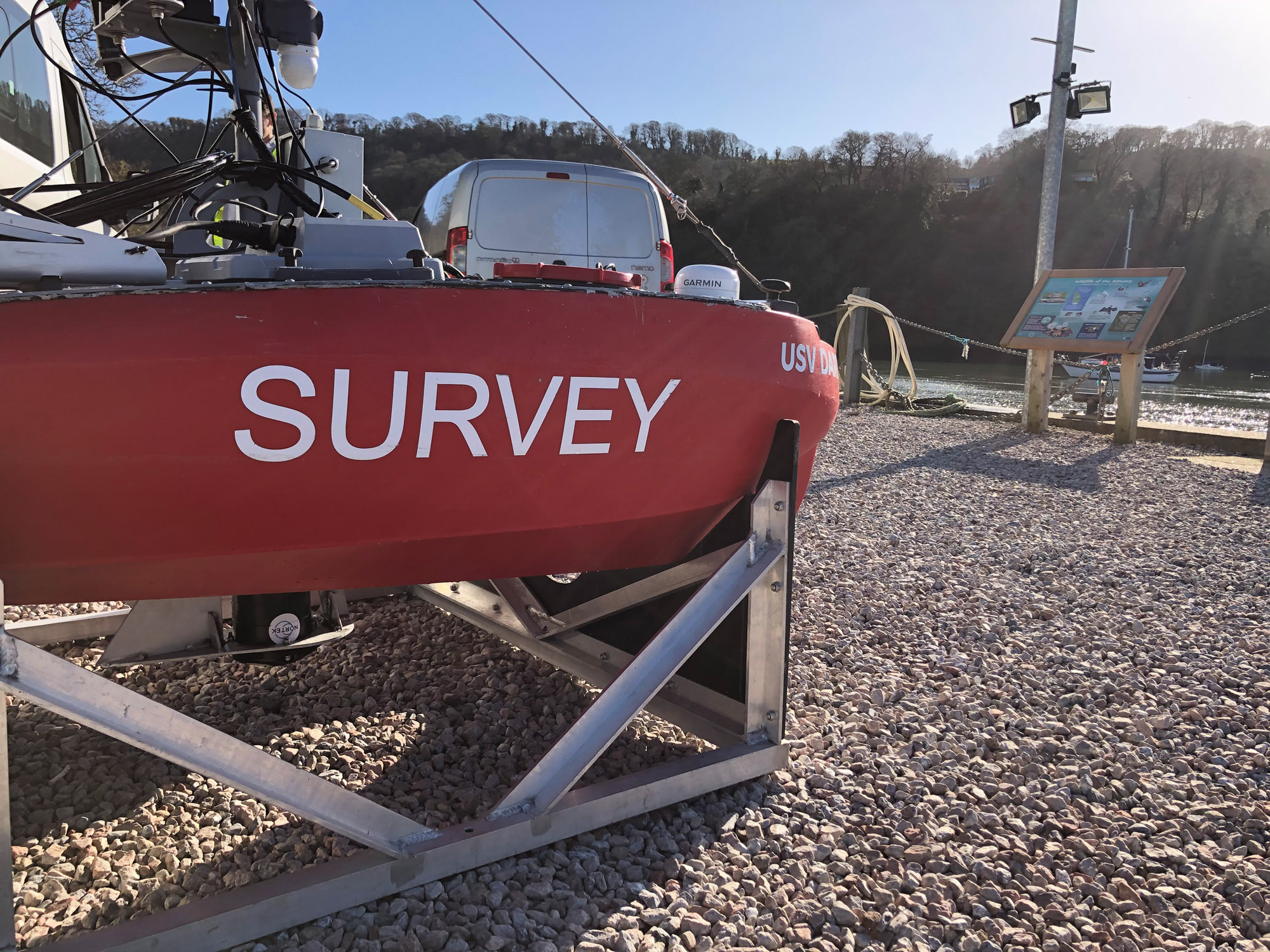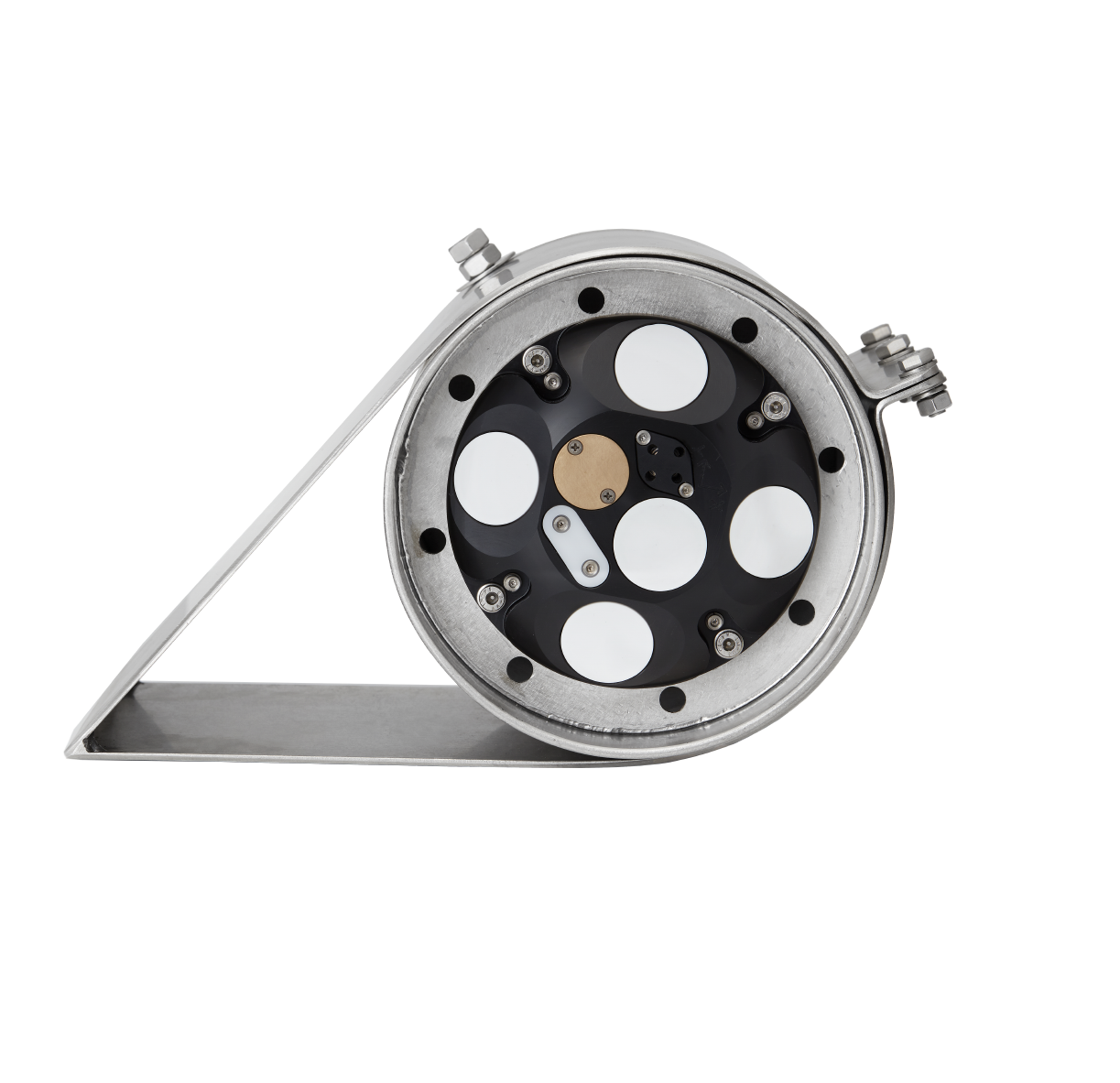
Flexible ADCP sensor solution for rapid inshore deployments of USVs
- User stories
Synopsis
Challenge
Crewed surveys are expensive and require advanced planning, but during short-term events such as floods, these surveys are crucial. USVs can fill this requirement but need quality sensors to function properly and effectively.
Solution
The VM package from Nortek with a Signature 1000 ADCP was installed onto HydroSurv's USV for estuarine flow mapping and discharge measurements.
Benefit
Current velocity and echosounder data taken during the USV's transects match the quality of data taken on crewed surveys, for a fraction of the cost and on shorter notice.
A key benefit of using small and portable Uncrewed Surface Vehicles (USVs) is the ability to rapidly deploy them with fewer personnel in areas with limited access such as slipways or pontoons.
During a demonstration campaign running as part of the Robotics for a Safer World project, Devon-based USV designer and operator HydroSurv deployed its REAV-16 inshore survey USV integrated with a Nortek Signature 1000 ADCP for estuarine flow mapping and discharge measurements.
A multi-purpose USV platform providing multi-mission capabilities
The REAV-16 is designed with convenience and multi-mission capability in mind, meaning users are likely to switch sensor payloads regularly. As such, sensor solutions need to be simple to interface and easy to use.
“The survey team had the instrument up and running in a morning, and the instrument was demobilized quickly upon completion. Since our REAV-16s are multi-purpose USVs, this is an important consideration as our customers require an ability to configure the vehicle for specific surveys at pace,” says David Hull, Founder and CEO of HydroSurv.
As with many USV applications, requirements vary from one project to the next, so communication between suppliers and operators is crucial.
“Every project is different, and off-the-shelf solutions can come with limitations. Working with Rory Findlay and his team at Nortek, we’ve specified the correct instrument for this application using the REAV-16,” Hull adds.
Data quality from ADCP sensor mounted on USV same as crewed survey vessel
During testing, HydroSurv deployed their REAV-16 USV along cross sections of the River Dart in Devon during a flood tide. Data collected from the USV were of the same quality expected from a typical crewed survey vessel.
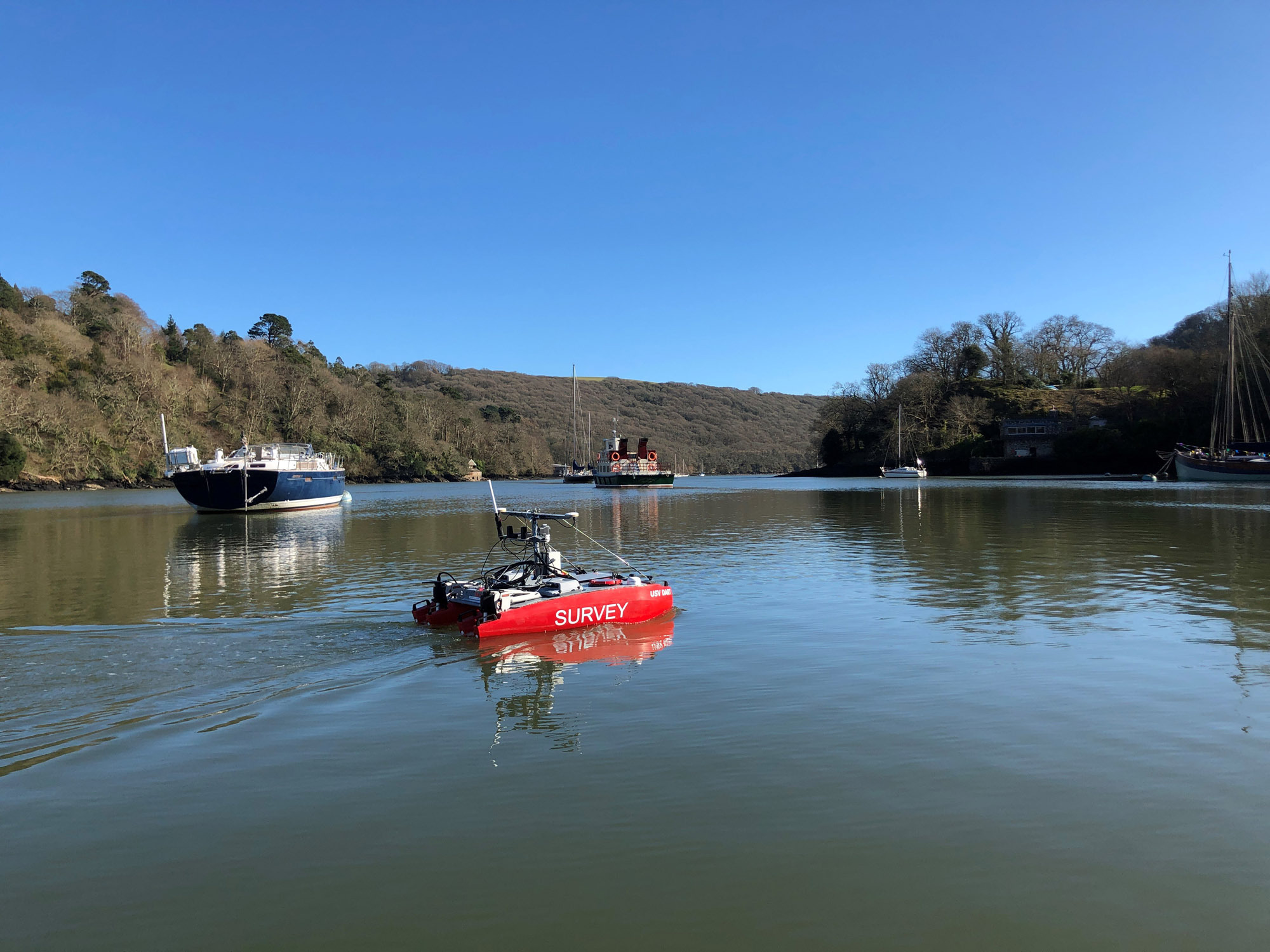
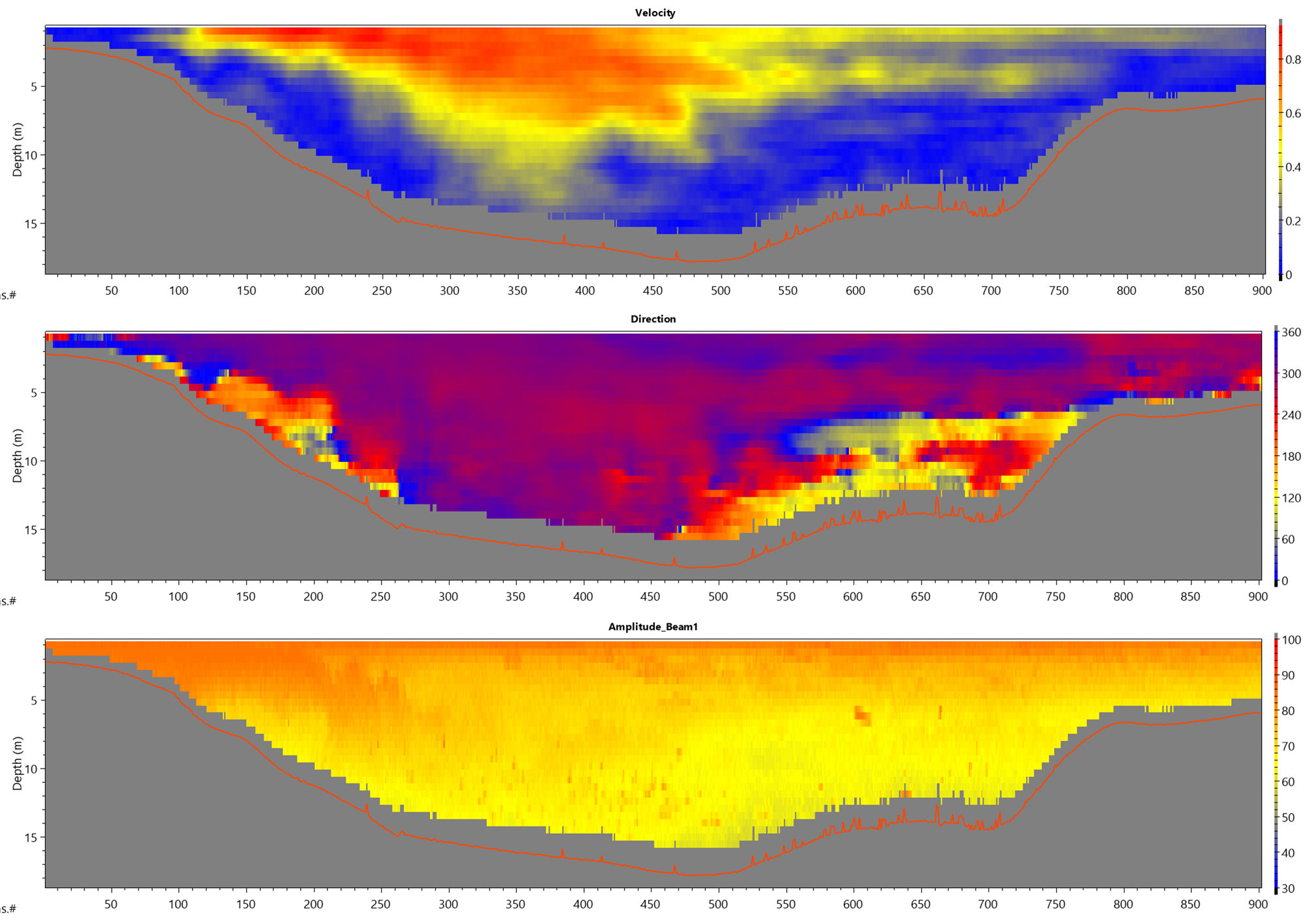
In combination with current flow measurements, the Nortek Signature 1000’s echosounder mode was enabled to image suspended material in the water column at a resolution of < 10 cm.

Nortek’s Signature VM software package enabled HydroSurv to view data as it was collected. Following deployment, this data was then loaded into Nortek’s Signature VM Review software for quality control and export.
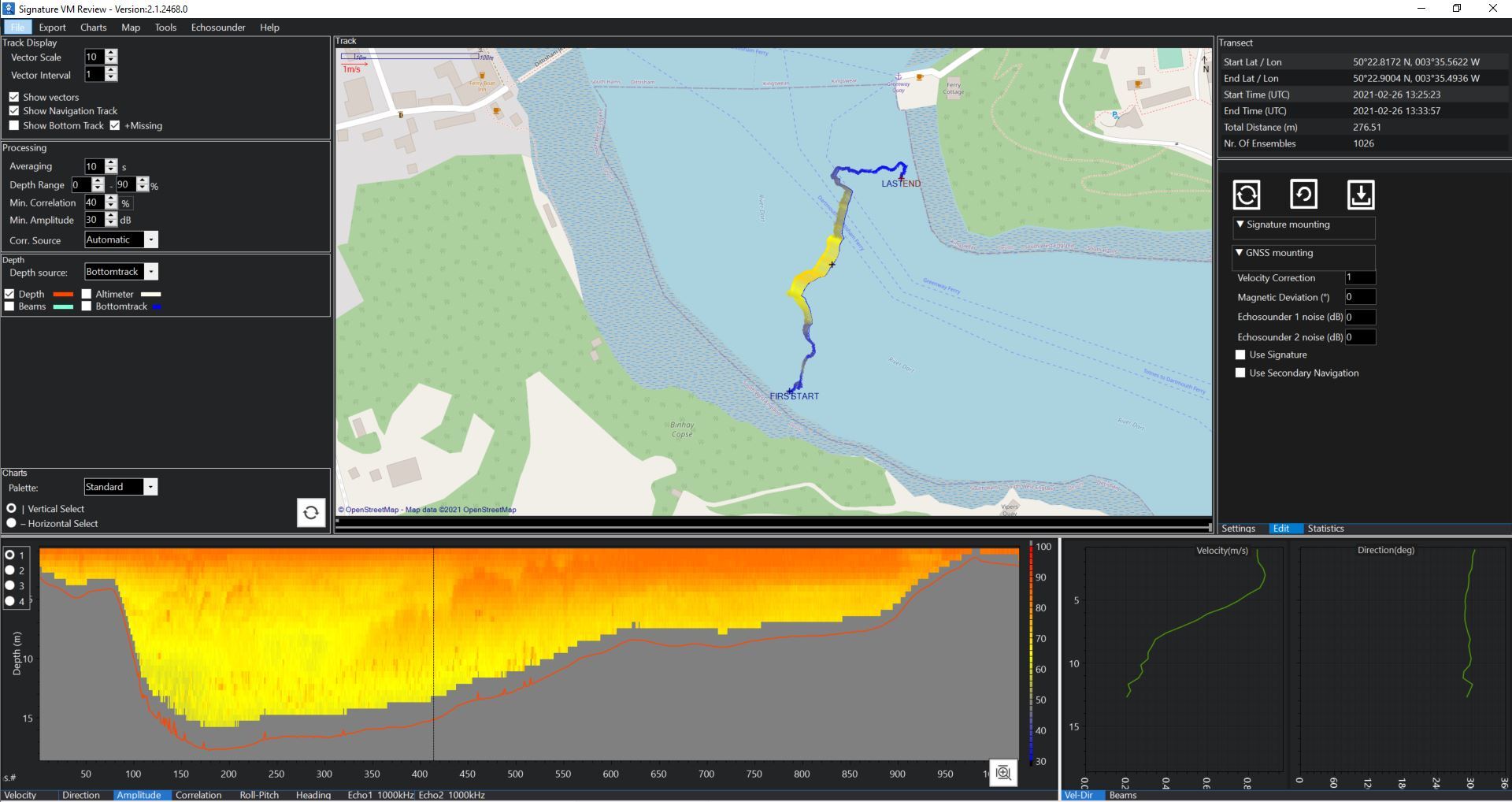
Expanding the scope of opportunities for USVs through industry collaboration
Aside from short-term monitoring and baseline data collection, HydroSurv has ambitious plans to use uncrewed vehicles for gathering high-quality data in parts of the world that need it most. For example, due to natural-resource exploitation and climate change, highly urbanized areas in developing nations are at increasing risk of subsidence and flood events. Providing sustainable monitoring solutions can inform decision making and planning in a practical and responsible way. As we progress towards a future where action to tackle climate change through decarbonization and net zero initiatives is critical, collaboration between companies like HydroSurv, Nortek and environmental modelers can inform decisions that could ultimately keep people safe from large-scale flood events.
“Nortek and HydroSurv have shared ambitions around innovation and efforts to drive widespread use of Uncrewed Surface Vehicle technology. Our values around new solutions to meet future challenges are well-aligned,” David Hull says.
